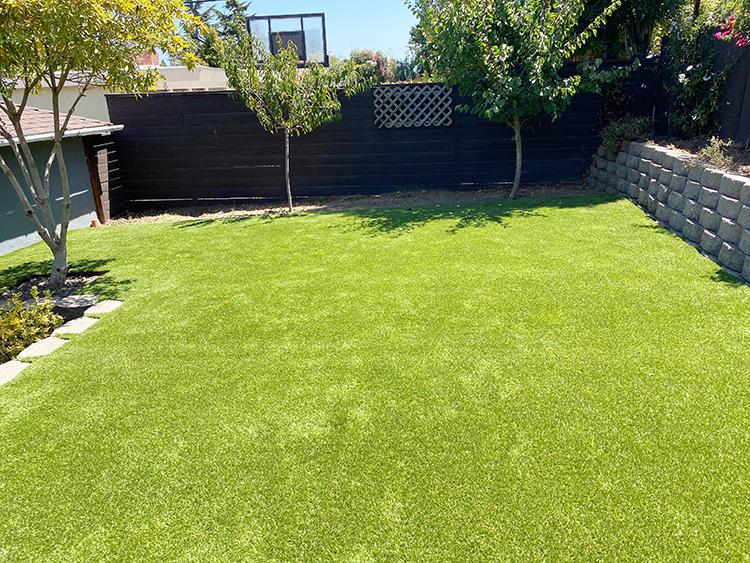
Are you an avid golfer looking to practice your putting skills at home? When it comes to setting up a putting green, one of the key decisions you’ll face is choosing between artificial grass and real grass. Both options have their own unique advantages and drawbacks. In this article, we’ll delve into the comparison between artificial grass installers in Long Island and real grass putting greens to help you make an informed decision that suits your needs and preferences.
Maintenance: The Time Factor
Real Grass: Maintaining a real grass putting green requires regular mowing, watering, fertilizing, and weed control. This demands both time and effort, especially during the hot summer months. While it provides an authentic golfing experience, it may not be feasible for those with busy schedules.
Artificial Grass: With artificial grass in Long Island, maintenance becomes a breeze. No mowing, watering, or fertilizing is needed. Simply brush the fibers occasionally to keep them upright. This low-maintenance option saves you valuable time and allows you to focus more on perfecting your putting technique.
Durability: Weathering the Elements
Real Grass: Natural grass is susceptible to weather conditions. Extreme heat, heavy rainfall, or cold winters can take a toll on its appearance and playability. Constant maintenance and repair work may be necessary to ensure consistent quality throughout the year.
Artificial Grass: Designed to withstand various weather conditions, artificial grass maintains its appearance and performance over time. It is resistant to fading, UV rays, and heavy foot traffic, making it a reliable choice for year-round putting practice.
Cost: The Financial Aspect
Real Grass: Establishing a real grass putting green involves expenses such as seeds or sod, irrigation systems, fertilizers, and ongoing maintenance costs. These can add up over time, making it a more significant investment upfront and in the long run.
Artificial grass installers in Long Island: Although the initial installation cost of artificial grass may be higher, it eliminates the need for ongoing maintenance expenses. Over time, it can prove to be a cost-effective option, especially when considering reduced water usage and fewer requirements for fertilizers and pesticides.
Playability: Consistency and Performance
Real Grass: Traditionalists often prefer real grass putting greens for their natural feel and aesthetics. The surface provides a unique challenge, as the ball may react differently depending on factors like moisture, grass height, and unevenness. However, these variations may affect consistency, especially when aiming to replicate specific playing conditions.
Artificial Grass: The uniformity of an artificial grass putting green ensures consistent playability. The surface is designed to mimic the speed and roll of real grass, allowing you to practice under predictable conditions. It offers a smooth, even surface that remains unchanged, providing a reliable experience for perfecting your putting skills.
Choosing between artificial turf in Long Island, NY and real grass putting greens ultimately depends on your preferences, lifestyle, and budget. Real grass offers an authentic experience but demands more time and effort to maintain. On the other hand, artificial grass provides convenience, durability, and cost savings. Consider your priorities and make a decision that aligns with your golfing goals.
